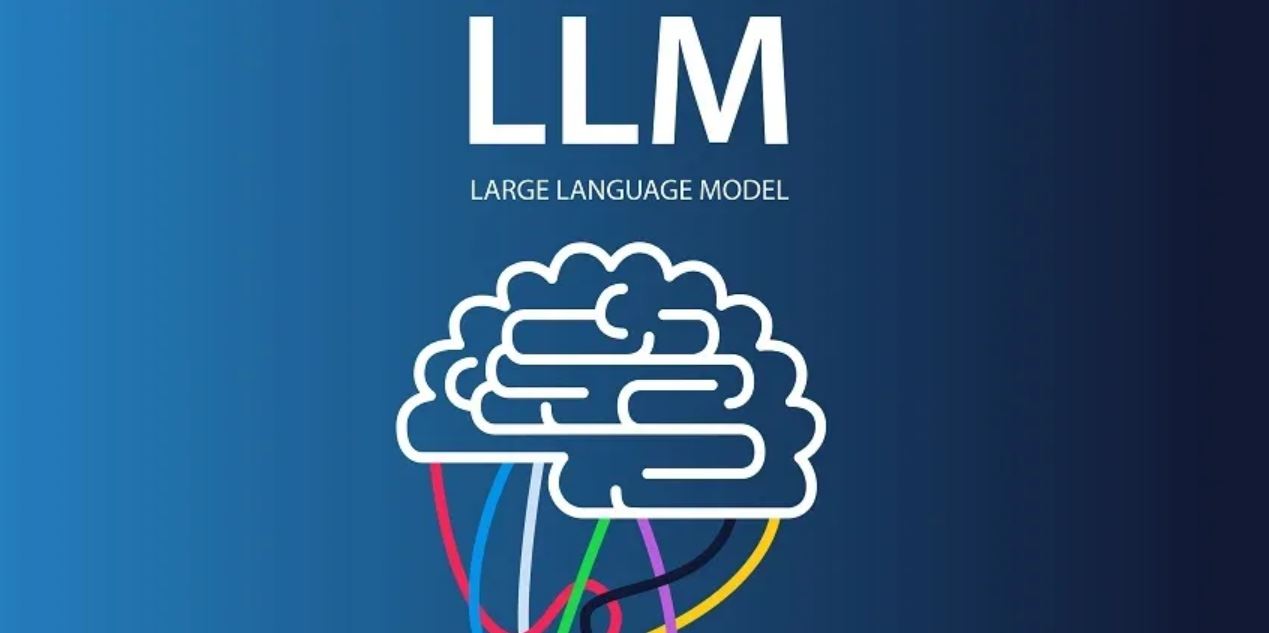 Large Language Models (LLMs) are a crucial part of today’s tech landscape, powering everything from conversational interfaces to data analytics. If you’ve ever struggled with inconsistent outputs or unexpected errors, you’re in good company. Here, we share practical tips to help you build more reliable LLM applications.
Large Language Models (LLMs) are a crucial part of today’s tech landscape, powering everything from conversational interfaces to data analytics. If you’ve ever struggled with inconsistent outputs or unexpected errors, you’re in good company. Here, we share practical tips to help you build more reliable LLM applications.
Motivation
Deploying LLM applications in a production environment can be challenging, especially when responses vary or output formats are hard to predict. The strategies discussed below are designed to address these very issues, providing you with actionable steps to improve reliability and consistency.
Ensuring Output Consistency
One effective approach is to incorporate markup tags directly into your system prompts. For instance, when classifying text into categories such as ‘Cat’ or ‘Dog’, instruct the model to wrap its responses in specific <output> tags. By reinforcing this structure with several consistently tagged examples, you nudge the model towards delivering uniform outputs.
Output Validation
Tools like Pydantic come in handy by validating LLM outputs against a predefined structure. For lighter needs, custom functions can check for essential keys like ‘name’, ’email’, and ‘phone’. This means you can spot and address inconsistencies before they become problematic.
Refining System Prompts
The clarity of your prompts is pivotal. Think of them as instructions that should guide someone unfamiliar with the task effortlessly. Using organised lists and clear markup tags makes the prompt both easy to follow and effective at setting the right expectations for the model.
Error Handling Techniques
No system is immune to glitches. Implementing retry mechanisms with an exponential backoff strategy helps your system manage transient issues like rate limits gracefully. Additionally, tweaking the model’s settings (for example, nudging the temperature up to around 0.1) can counter repetitive output problems without sacrificing overall consistency. And if one provider stumbles, having backup choices like OpenAI, Gemini, or Claude ensures you stay on track.
Conclusion
By blending targeted markup tags, diligent output validation, carefully crafted prompts, and robust error-handling measures, you can significantly improve the consistency and dependability of your LLM applications. This mix of techniques equips you to tackle the inherent unpredictability of these models, paving the way for smoother and more predictable interactions.








